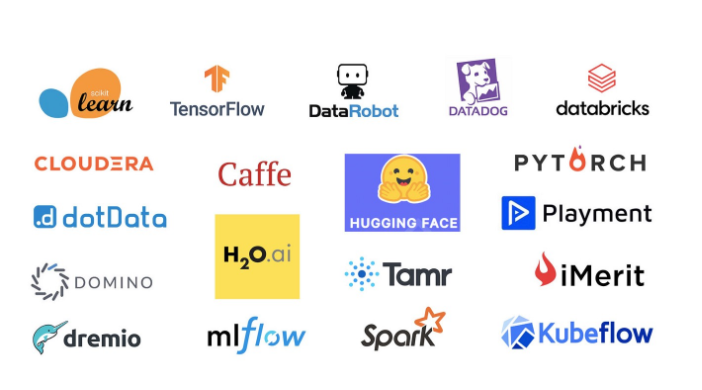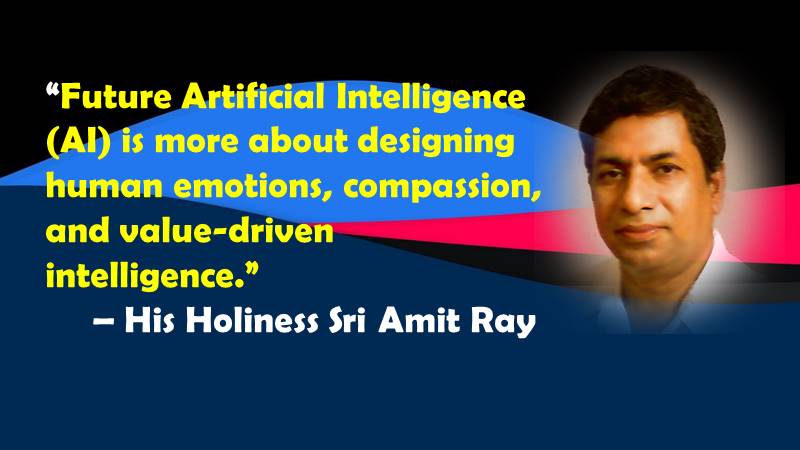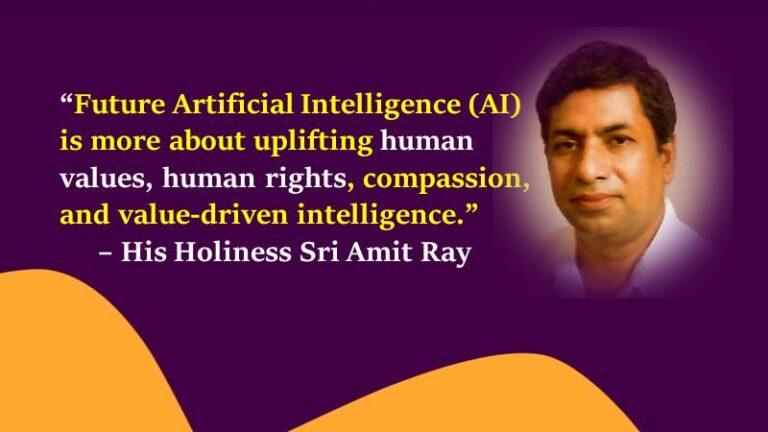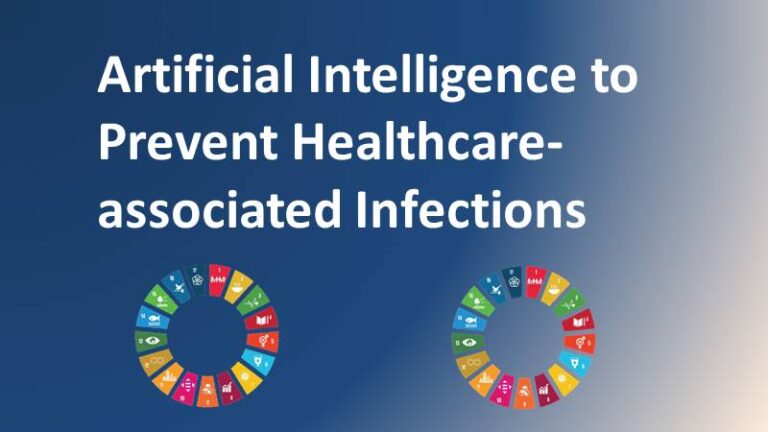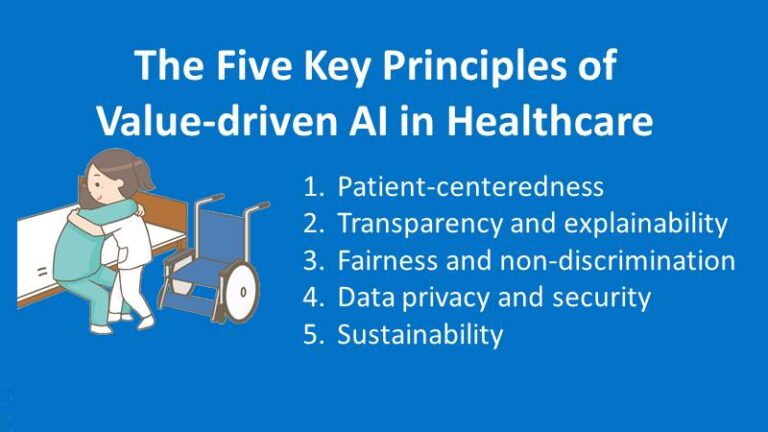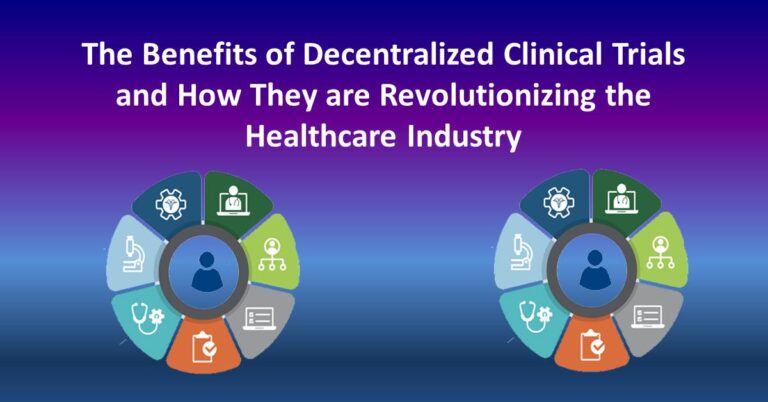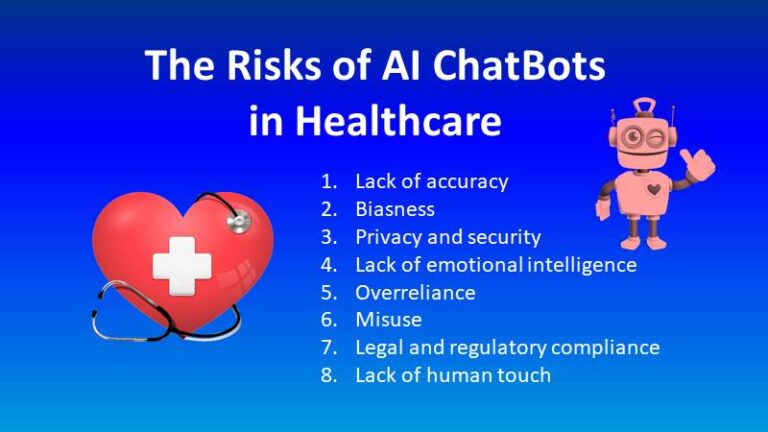Machine Learning Operations (MLOps) – A Complete Guide and Tutorial
“Future Artificial Intelligence (AI) is more about designing human emotions, compassion, and value-driven intelligence.” — His Holiness Sri Amit Ray, Pioneer of Compassionate Artificial Intelligence.
The MLOps – A Complete Guide and Tutorial
Machine learning operations (MLOps) includes the tools, techniques, and real-world experiences that turn conceptual machine knowledge into an efficient skill set that can be used to solve complex real world problems.
This Machine Learning Operations (MLOps) tutorial teaches you how to build, and maintain integrated systems that keep solving the the real world problems in an intelligent manner.

In this tutorial, you need to learn how to use well-known tools and methods to do all of this quickly and effectively. Here, you will learn about the benefits and drawbacks of machine learning engineering in the real world. By the end, you will be able to use your new production-ready skills to help build cutting-edge AI technology that can help solve real-world problems
What is MLOps?
MLOps, often known as ML Ops, or Machine Learning Operations is a collection of tools and techniques that attempts to deploy and maintain machine learning models in production in a reliable and efficient manner. Standardization, automation, and monitoring are all interwoven in MLops.
Advantage of using MLOps
The benefits and advantages of MLOps include:
- Rapid innovation through robust machine learning lifecycle management
- Creation of reproducible workflows and models.
- Easy deployment of high precision models in any location.
- Effective management of the entire machine learning life cycle.
- Machine Learning Resource Management System and Control.
- Reduced time to market of AI-driven products.
- Enhanced user experience due to the fact that apps get timely updates.
- Higher quality of predictions.
- The ability of data engineers to focus on building new models — instead of diving into deployment routine.
MLOps Life Cycle
It now includes the complete machine learning lifecycle, which includes: the software development lifecycle, integration with model development including continuous deployment and delivery, deployment, automation, governance, monitoring and diagnostics, and the analysis of business metrics.
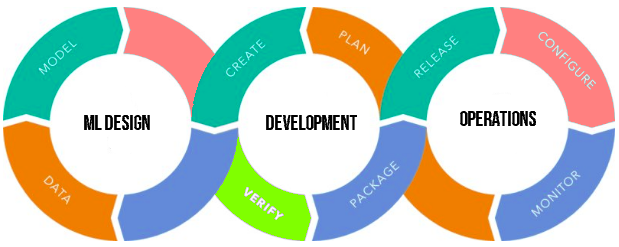
How are MLOps different from traditional ML?
In stark contrast to standard machine learning modelling, production systems need to be able to keep up with constantly changing data. In addition, the production system must run at the lowest cost and produce the most performance at the lowest cost possible.
MLOps is focused with the deployment of the machine learning system by developing pipelines and other tools, whereas data engineering is concerned with the data management lifecycle.
When it comes to manufacturing, MLOps aims to boost automation and improve the quality of production models while also concentrating on business and regulatory needs.
While MLOps began as a collection of best practices, it is gradually growing into a stand-alone strategy to managing the machine learning lifecycle. MLOPs is applicable across the entire lifecycle, from integrating with model generation to health management, and diagnostics, governance, and business metrics generation.
The Twelve Basic Steps of MLOps:
- Design an ML production system end-to-end data needs and modeling strategies
- Identify the deployment requirements.
- Establish a machine learning model baselines for comparative analysis
- Build prototype development and testing strategies
- Apply best practices and progressive delivery techniques
- Build data pipelines by gathering, cleaning, and validating datasets.
- Implement feature engineering pipelines for transformation, scaling, and selections.
- Establish metadata tools and follow data evolution policy for the enterprise data schemas.
- Apply techniques to manage modeling resources and best serve offline/online inference requests.
- Use analytics and data engineering tools to address model fairness, issues, and mitigate bottlenecks.
- Deliver deployment pipelines for the ML models.
- Maintain the system continuously on operating production system.
How is MLOps different from DevOps?
A compound of development (Dev) and operations (Ops), DevOps is the union of people, process, and technology to continually provide value to customers. MLOps is the combination of machine learning (ML), development (Dev) and operations (Ops). The main differences are:
- Model versioning is not same as code versioning
- Model reuse is different than software reuse, as models must be tuned based on input data / scenario.
- To reuse a model you may need to fine-tune / transfer learn on it (meaning you need the training pipeline)
- Models tend to decay over time & you need the ability to retrain them on demand to ensure they remain useful in a production context.
Conclusion
Understanding machine learning and deep learning concepts is important, but if you want to work in AI, you also need skills in production engineering. Using machine learning engineering for production, you learn how to use machine learning concepts and modern software development and engineering skills to build skills that are ready for use in the real world.
